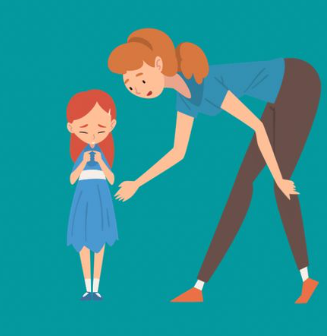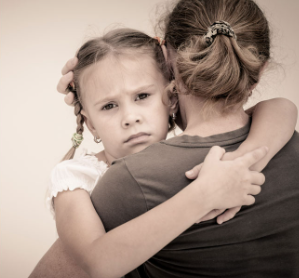Attachment disorders are most often associated with children, but their impact can last into adulthood. As with any condition that affects mental health, early diagnosis and appropriate support are the best ways to mitigate the impact. That is why mental health training courses in your area may include lessons on recognising and treating attachment disorders.
Attachment and its disorders
When we talk about attachment in the psychological context, we mean how we establish and maintain emotional bonds with other people. Our ability to formulate attachments is developed in early childhood, and attachment disorders tend to originate in our relationships (or lack thereof) with our parents or primary caregivers.
When these important figures neglect or mistreat us, or those early relationships are disrupted in some way, it can cause long-term problems. Children are more likely to show signs of attachment disorders, and the diagnostic criteria are designed for children, but sometimes symptoms endure into adulthood.
Types of attachment disorder
There are different types of attachment disorders. In reactive attachment disorder, children are unlikely to initiate, engage with or show emotion during social interaction. The reverse, when children show excess amounts of affection and poor social boundaries, is called disinhibited social engagement disorder. Mental health training courses in your area may help you identify the different types, so you know how to offer appropriate support.
Treatment
Therapy may help identify issues stemming from attachment disorder, develop healthier approaches to relationships, and allow work on forming stronger emotional bonds. For children, this may also involve parents or caregivers, while adults may require couples therapy.
Like many mental health conditions, attachment disorders are complicated in their causes and their treatments. However, better understanding is the first step to ensuring that people with this diagnosis have the best chance of creating and maintaining healthy relationships.


